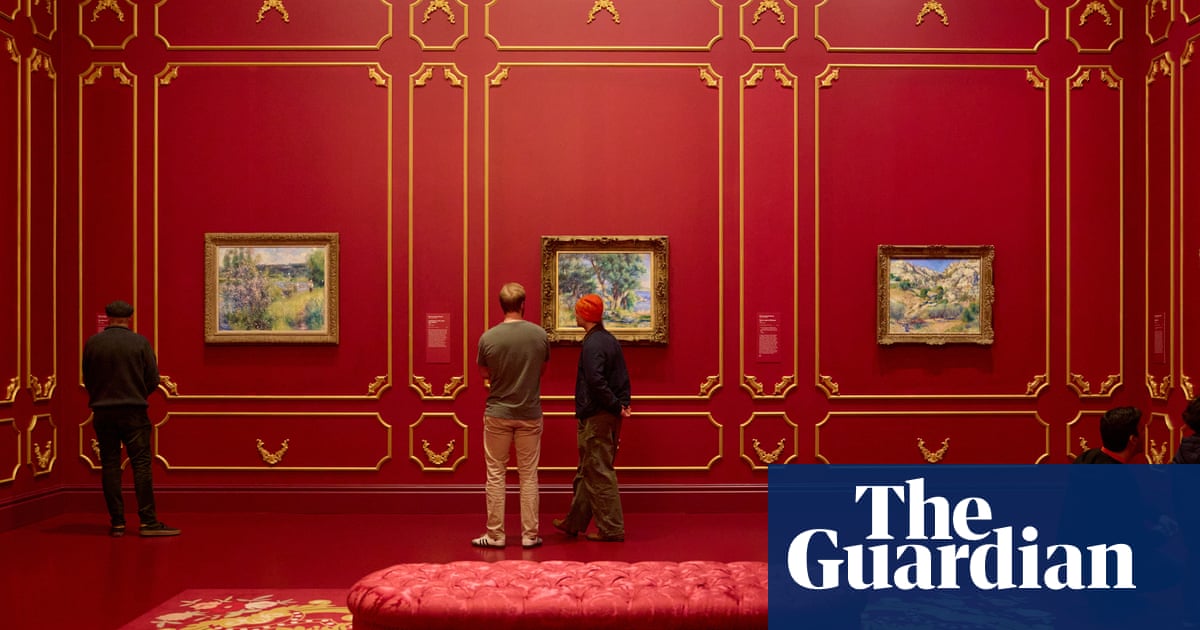
"The impressionists, a derogatory label they would later adopt with pride, saw worth and beauty everywhere: a garlic seller or a ballet dancer or a baby nephew deserved immortalising as much as Jesus or Napoleon."
"Back in 1876, those looking at their works are content to laugh at such things, Wolff wrote sniffily. But it makes me sick at heart."
"There was a shared suspicion that these sloppy rebels weren't bothered to paint properly, or perhaps simply couldn't."
"Almost 150 years later, we know now that those lunatics took over the asylum. The impressionists, who rebelled against the old masters by painting lighter, brighter, ephemeral scenes, are today's old masters."
Albert Wolff's 1876 critique labeled a group of Impressionist artists, including Monet and Renoir, as 'lunatics' driven by ambition. These artists challenged traditional norms, depicting everyday scenes rather than the grand historical themes favored by the establishment. Over time, this derided movement became highly influential, transforming how art was perceived and appreciated. The irony is that the very movements that faced ridicule for their unconventional approach are today revered as important masters of modern art, illustrating the shifts in artistic value and societal taste over time.
Read at www.theguardian.com
Unable to calculate read time
Collection
[
|
...
]